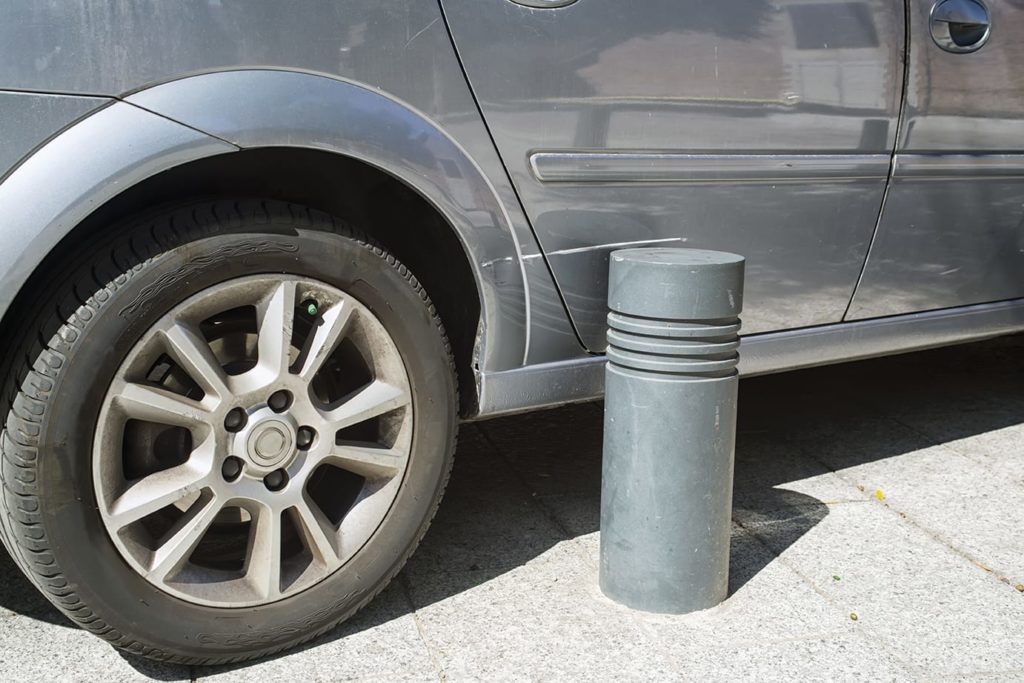The idea of self-healing coatings is very attractive. In fact, automotive coatings that self-heal fine scratches when warmed in the sun have been commercialized. There is particular interest in developing self-healing coatings for substrates that are components of critical and/or expensive assets that are constantly exposed to corrosive environments, such as nuclear reactors, large chemical storage tanks, bridges, and other infrastructure. Initial efforts at developing self-healing anticorrosion coatings have focused on the incorporation of encapsulated resins and catalysts that are intended to be released when the pH or other environmental conditions change as a result of the presence of corrosion. Controlling the release of the ingredients and ensuring that they reach the site of corrosion have been challenging, however.
Various research groups have taken a different approach that involves the incorporation of thermoresponsive shape memory polymers (SMPs) into composite coatings. SMPs have dynamic shape memory properties, changing between rigid and elastic states in response to a stimulus. For thermoresponsive SMPs, that stimulus is heat. In the elastic state, SMPs retain the “memory” of their shape in the rigid state, but can be stretched and formed into other shapes. Once cooled, they return to their original conformation.
Researchers in the Department of Biomedical & Chemical Engineering at Syracuse University developed shape memory assisted self-healing (SMASH) coatings comprising a phase-separated morphology with electrospun thermoplastic poly(e-caprolactone) (PCL) fibers randomly distributed in a shape memory epoxy matrix.1 In these coatings, mechanical damage is self-healed by a two-step process. Shape recovery of the matrix first brings the crack surfaces physically close to one another, and then the PCL fibers melt and flow into the crack and ultimately rebond it. The corrosion resistance of the healed coatings was found to be almost completely restored. The researchers then investigated preparation of the coatings via polymerization-induced phase separation, a blending method that is more practical for large-scale manufacturing.2 These coatings also exhibited thermally induced crack closure and restoration of their original corrosion resistance properties.
Separately, the scientists at Syracuse University have developed a waterborne polyurethane-based SMP coating for application on textiles; paper (such as paper towels); sanitary tissues; thin plastics; monofilament wires made of metal, polymer, glass, graphite, or ceramic materials; hair; etc. The coating benefits from the ability of the SMP to form a complex three-dimensional shape through heating, which leads to a rubber state, followed by elastic deformation and then cooling to immobilize the network. Application of heat, light, or solvent can then cause the SMP to return to its preferred, initial state via network chain mobilization. The resin in this coating is a graft copolymer with a positively charged, water-soluble polysaccharide (chitosan) backbone bearing oligomeric, hydrophobic chains. The positive charges are generated by quaternizing amino groups in the backbone. They both allow binding to negative charges on natural fibers and facilitate water dispersion through micellization. The desired permanent shape is achieved via chemical crosslinking. Heating then allows the formation of a temporary shape due to crystallization of the side chains, which can be maintained after cooling. The permanent shape can be regained by exposing the coated substrate to heat, water, or both. The researchers were awarded a patent for this technology in 2013.3
Scientists in China and The Netherlands more recently reported the preparation of a self-healing shape memory composite (SMC) coating containing a thermoresponsive shape memory polymer and carnauba wax microparticles as the healing agent.4 The coating was damaged (scratched) and then subjected to heating. Healing occurred via a similar two-step process as described for the SMASH coatings. In the first step, which occurred at 65°C, the defect was closed as the SMP responded. When the temperature reached 90°C, the carnuba wax melted and sealed the repaired area. Optical stereomicroscopy and scanning electron microscopy (SEM) were used to investigate the surface morphologies of the starched and healed SMP coating and a similar coating that did not contain carnuba wax particles. Electrochemical impedance spectroscopy (EIS) and scanning electrochemical microscopy (SECM) were also used to evaluate the barrier properties of the coating before and after healing. The macroscopic morphologies of the initial, scratched, and healed coatings were also investigated after immersion in water for an extended period. The results of the various analyses were in good agreement and clearly revealed that restoration of the coating’s barrier properties could be, in part, attributed to the sealing of the healed area with the carnuba wax.
References
- Luo, Xiaofan and Mather, P. T., ACS Macro Letters, 2, 152-156 (2013).
- Birjandi Nejad, H., Garrison, K.L., and Mather, P.T., “Comparative Analysis of Shape Memory-based Self-healing Coatings,” J. Polym. Sci. Part B: Polym. Phys., 54: 1415–1426 (2016). doi:10.1002/polb.24061.
- Mather, P.T. et al., “Waterborne Shape Memory Polymer Coatings,” U.S. Patent Application US 20140099848 A1, Apr 10, 2014.
- Wang, Luntao, et al., Prog. Org. Coat., Vol. 97 pp 261–268 (August 2016).
